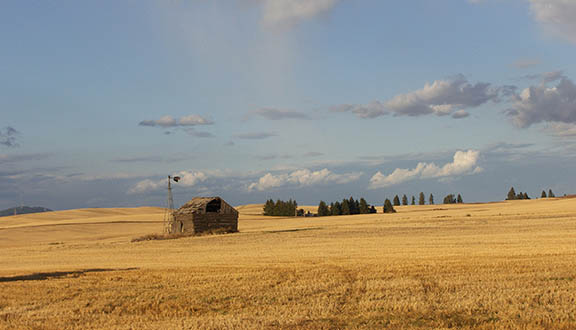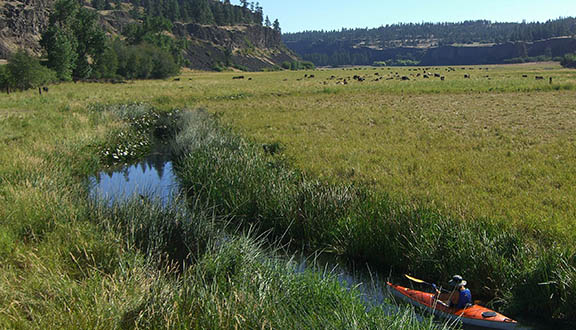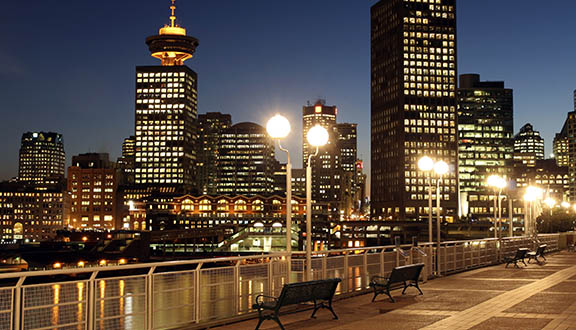“…when people come together they become much more productive per capita. They exchange more ideas and generate more innovations.”
— Jonah Lehrer, Imagine
Land and Life’s® LLC core belief is that healthy and sustainable communities grow out of the people who live in them. People knowing people is bolstered by places that foster interaction between residents of all ages. Mixed-use, walkable, multigenerational built environments provide a hierarchy of people spaces that foster a social infrastructure: getting acquainted, dwelling on a topic, realizing common values and concerns, discussing and making plans, debating and developing policies, strategies, and actions. The density and diversity of urban settings provide opportunities to boost the potential energy contained in local resources.
Density: preparing to meet the future can pay its own way
Frequently, economics of scale go unrealized. Existing utility, spatial, and social infrastructures, when fine-tuned, can service more people while reducing service costs and land taken up by urban growth. Savings realized by boosting the efficiency of buildings, neighborhoods, and municipal wide infrastructures can be reinvested in ongoing changes. Compact communities cost less to sustain.
Diversity: a building block of resiliency
Diversity in resident populations, insider knowledge, and personal experiences builds social capital and empowers local residents. Diversity across a population contributes to outcomes that can weather natural or manmade shocks to the greater community.
Direction: problems can provide answers
Growing global trends each provide indicators of how to best prepare to meet the future. In a like manner, many urban environments provide indicators of those environmental and social assets that can be bolstered to provide win-win planning and design strategies.





